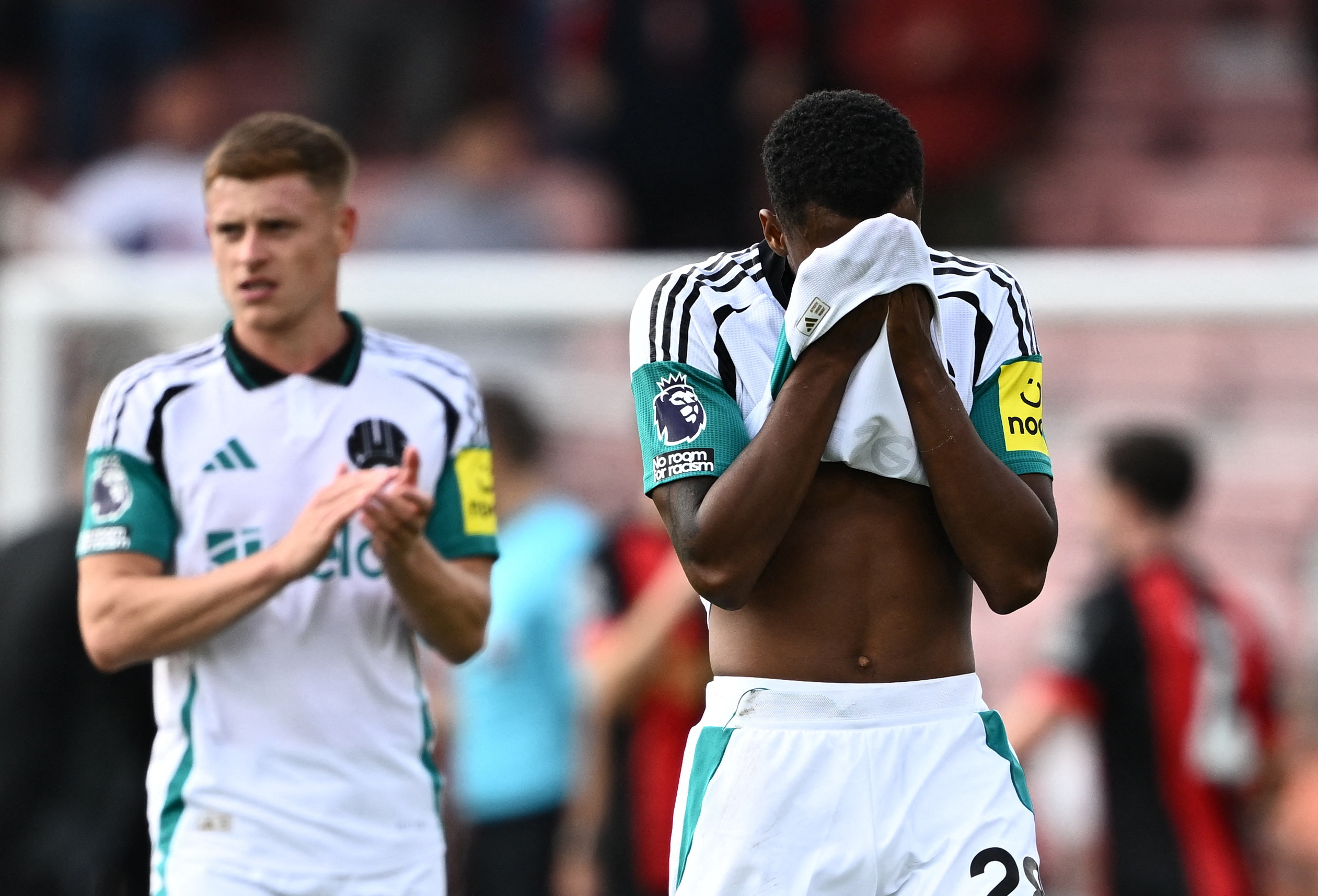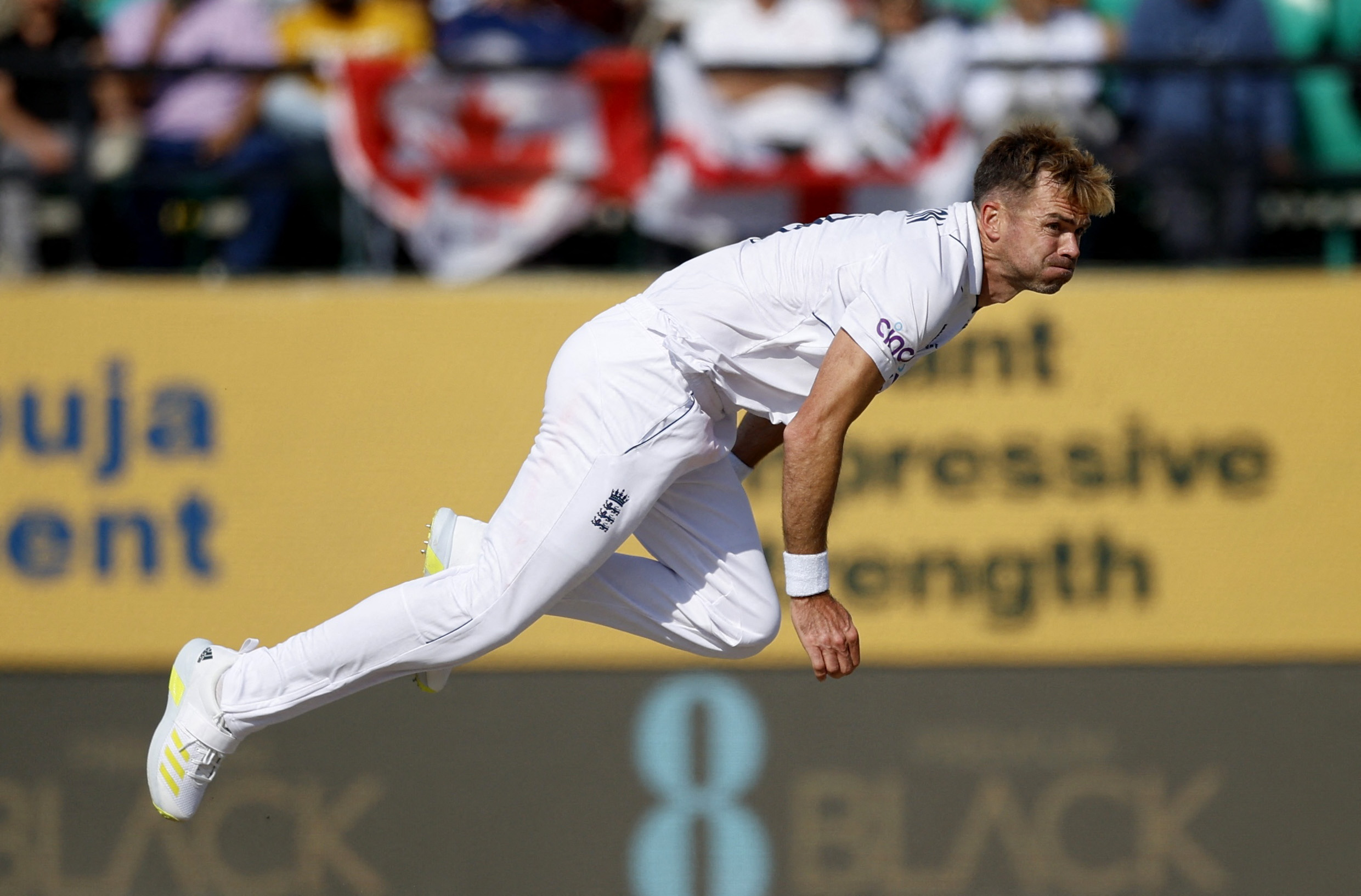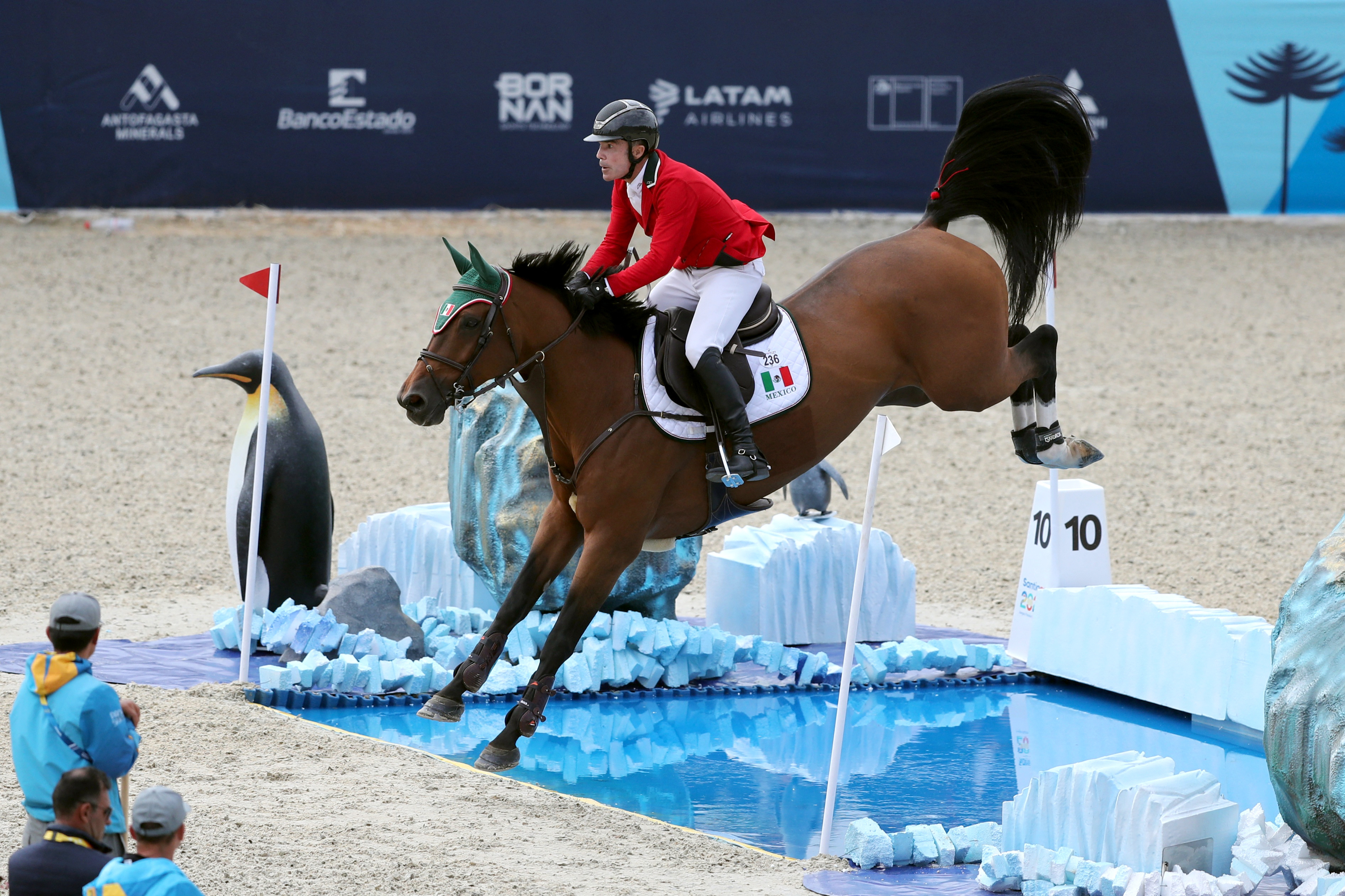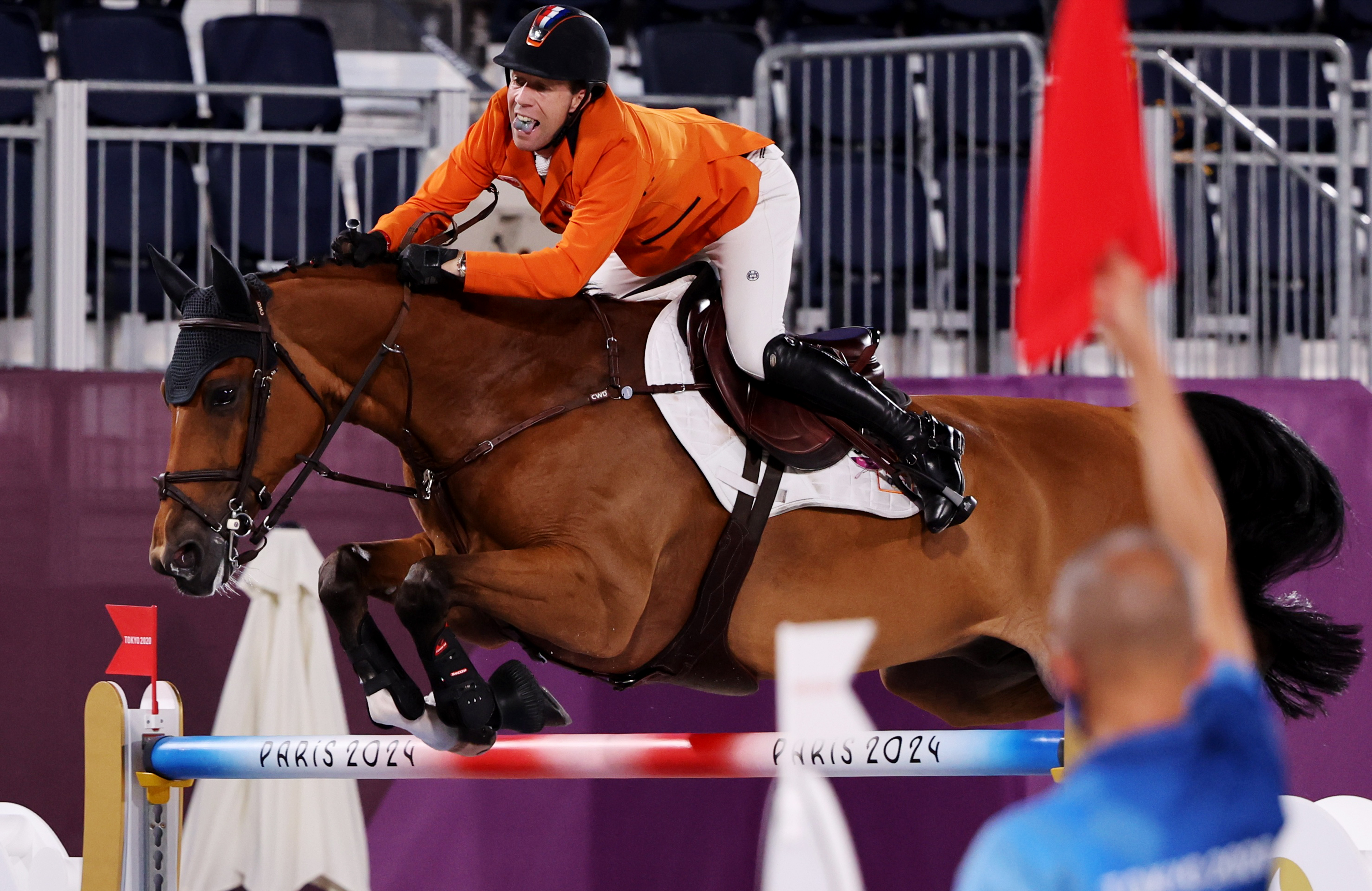You are viewing 1 of your 1 free articles
Golf: Getting to Grips with Low Back Pain
Renée Da Silva provides clinicians with suggestions for minimizing low back pain and injury to improve performance and keep athletes swinging at their best.
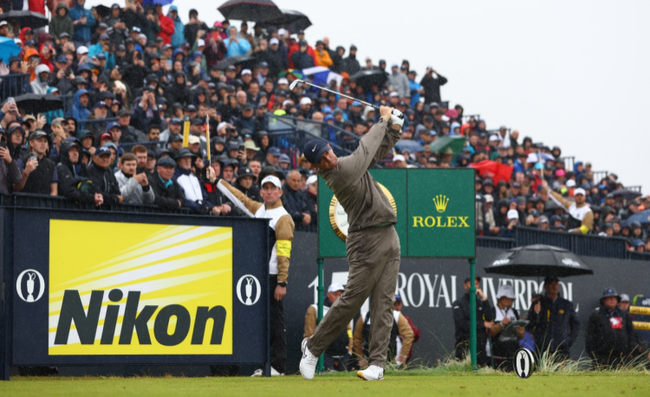
While a properly executed golf swing may not appear overly stressful, many body parts move at high velocity and through extreme ranges of motion (ROM)(1-6). Mastering these motions requires dedicated practice, where athletes repeat these powerful movements several hundred times daily. The physical stresses associated with such practice may lead to injury of various body parts, including the lower back(7,8).
LBP in golf
Low back pain is the number one injury sustained by golfers, accounting for up to 34.5% of all injuries(9-14). Although it is not considered an intensive and exhausting sport, the skeletal muscle stress and demands are associated with high injury incidence(15). Furthermore, the different swing phases account for varying degrees of injury, with the impact and follow-through phase accounting for most injuries(16). Low back injuries are related to an excessive X-factor(17,18). Separating the hips and shoulders as much as possible during the backswing (i.e., X-factor) gains more power and finishes in lumbar hyperextension (i.e., reverse-C position), which increases pressure on the spine (see figure 1)(19,20).
FIGURE 1: THE X-FACTOR

Adding to injury potential during follow-through are the eccentrically contracting abdominal muscles to slow rotation and the increased pressure on the annulus of the intervertebral disc(21). Increased X-factor puts axial rotation forces on the lumbar spine. A history of LBP affects a player’s golf swing biomechanics. It leads to a significant restriction of lead side hip internal and external rotation and lumbar extension. As the body pivots onto the lead side during the swing, the decreased hip rotation might cause increased ROM and force to be transmitted to the lumbar spine resulting in LBP(22).
Biomechanical forces on the lumbar spine
The modern golf swing is a complex and asymmetrical movement that emphasizes restricting pelvic turn while increasing thorax rotation during the backswing to generate higher clubhead speeds at impact. Increasing thorax rotation relative to pelvic rotation preloads the trunk muscles by accentuating their length and allowing them to use the energy stored in their elastic elements to produce more power. As the thorax and pelvis turn back towards the ball during the downswing, more skilled golfers laterally slide their pelvis toward the target, contributing to final clubhead speed.
However, despite the apparent performance benefits associated with these sequences, it has been argued that the lumbar spine cannot safely accommodate the forces they produce. This notion supports a link between the repeated performance of the golf swing and the development of golf-related low back injuries(23). The forceful nature of the full golf swing incorporates large-magnitude trunk, shoulder, and lead hip movements (see figure 2).
FIGURE 2: THE GOLF SWING (RIGHT-HANDED GOLFER)

Large amplitude movements of the trunk, both shoulders, and the lead hip as the body rotates from the top of the backswing into the finish position.
This trunk torsion potentially results in considerable spinal stress. Generally, the golf swing involves a slow, deliberate trunk rotation away from the target on the backswing, followed by a very powerful trunk rotation towards the left (i.e., in a right-handed golfer) on the downswing. While it is clear that other spinal motions besides rotation occur during a golf swing, aggressive axial twisting is a significant risk factor for low back disorders in occupational settings(24,25).
Swing faults
The Titleist Performance Institute level 1 screen is growing in popularity among health care, fitness, and PGA professionals, but there is no proven gold standard for performance/injury screening in golf(26). The sooner imbalances and swing faults are identified and corrected, the less likely the golfer will sustain an injury. Consider a right-handed golfer failing an overhead squat due to tight soleus muscles (i.e., spine angle is not parallel to tibial angle). The right-handed golfer demonstrates hip extension into the hand space during the golf swing (i.e., the early extension swing fault). A failed overhead squat correlates with early extension 99% of the time and is one of the top two swing faults associated with low back pain(26).
Core influences
Another area of investigation into the cause of golf-related LBP is speculation that golfers with LBP may use key trunk muscles, such as the abdominals, differently during the downswing phase than golfers without LBP(27). For a right-handed golfer, the left external oblique, L2 paraspinal musculature (i.e., rotatores thoracis, semispinalis thoracis, spinalis thoracis, iliocostalis thoracis, longissimus thoracis), and rectus abdominis are the core muscles that initiate the takeaway from address. Not surprisingly, the right lumbar region in right-handed golfers is most commonly injured(28).
At the top of the backswing, the right-sided external obliques, paraspinal muscles, and abdominals initiate the highest load of the swing and are dominant through impact. Compressive forces on the L4-L5 vertebrae result from trunk muscle activity and ground reaction forces (GRF) during the swing(29). These forces have been reported between 6.5-8 times body weight immediately after impact(29-31). Although many different muscle groups contribute to the initiation and completion of the swing, the abdominal muscles are known to contribute considerably to generating power during the acceleration phase of the golf swing(32).
In explosive and precise motor tasks, the trunk muscle sequence organizes the proximo-distal sequence to transfer energy(33). This mechanism leads to an increase in speed in distal segments. The movement of different body segments will depend on the motor programming of the central nervous system, which translates into a specific sequence, intensity, and muscle time activation. In subjects with low back pain, the reaction time (i.e., activation to movement initiation) of abdominal muscles tends to increase as upper limb task complexity increases due to postural organization(34). Muscle recruitment changes after developing lower back pain and also influences the development of lower back pain(35).
Exercises that encourage postural control, increased strength, muscle endurance, and motor control prevent low back pain(35). Activating the diaphragm, pelvic floor, and abdominals are central to stabilizing the trunk during respiration and postural activity(36,37). During core stability training, the activity level of core muscles is enhanced when athletes perform exercises on an unstable surface(38). Bosu balls, balance mats, or discs elicit higher muscle recruitment and firing as they challenge stability.
Core stabilization training
Exercises that improve strength and endurance in the rectus abdominis, transversus abdominis, internal and external obliques, and the shoulder and hip complex improve performance and assist in minimizing injury. Correct positioning of the pelvis and lumbopelvic stability is important in these exercises.
Reducing LBP
It is important to improve lumbopelvic musculature strength and activation and smooth motion of the pelvis. Correct address posture ‘set up’ (i.e., neutral spine) will offset the likelihood of a swing fault and the possibility of injury. Perform unilateral exercises to improve stabilization, develop motor skills, and reduce muscle imbalances. Improve trunk rotation through mobility exercises of the thoracic and thoracolumbar region to reduce rotational stress in the lumbar spine and lower body (i.e., hips, knees, and ankles). Work on improving internal and external hip rotation in the lead leg for proper weight transfer and in the trail leg for full engagement of the hip extensor musculature during the downswing. Lastly, it is essential to incorporate a dynamic, functional golf-specific warm-up protocol into an athlete’s training regimen.
References
- London: E and FN SPON; 1994
- J Appl Biomech. 2002; 18: 366-73
- Sports Med. 2005;35(5):429-49
- J Appl Biomech. 2011; 27 (3):242-51
- Int J Golf Sci. 2012; 1: 25-41
- J Orthop Sports Phys Ther. 2013; 43 (9): 660-5
- Am J Sports Med. 2003; 31 (3): 438-43
- Sports Med. 2006; 36 (2): 171-87
- Br J Sports Med. 2005;39(11):799-804
- Sports Med. 2006;36(2):171-187
- J Chiropr Med. 2007;6(1):20-26
- Phys Ther Sport. 2009;10(4):131-135
- Phys Med Rehabil Clin N Am. 2006;17(3):589-607
- Curr Sports Med Rep. 2007;6(6):362-365
- EJSS 2009;9 (6): 353-66
- J Chiropr Med. 2007;6(1):20-26
- J Sports Sci. 2002; 20:599–605
- N Am J Sports Phys Ther. 2006; 1:80–9
- Sports Med. 2006;36(2):171-187
- Curr Sports Med Rep. 2010;9(1):57-59
- Curr Sports Med Rep. 2009;8(3):142-146
- Am J Sports Med. 2004;32(2):494–7
- Sports Med 46, 339–351 (2016).
- Spine (Phila Pa 1976). 1995; 20 (13): 1440-51
- Ergono. 1995; 38 (2): 377-410
- Am J Sports Med. 1996; 24 (4): 535-8
- J. Sports Med. 21: 385–388, 1993
- Curr Probl Diagn Radiol. 2008;37(5):231-241
- Sports BioMech. 2012;11(2):197–211
- Sports BioMech. 2016;15(2):198–206
- Clin Sports Med. 1996;15(1):37–53
- Am. J. Sports Med. 24: 535–538, 1996
- J Sports Sci 2002;20(4):301-10
- Exp Brain Res 2001;141(2):261-6
- EJSS 2009;9 (6): 353-66
- J Appl Physiol. 2010;109(4):1064-1071
- 9J Am Acad Orthop Surg. 2005;13(5):316-325
- J Orthop Sports Phys Ther. 2010;40(6):369-375
Related Files
Newsletter Sign Up
Subscriber Testimonials
Dr. Alexandra Fandetti-Robin, Back & Body Chiropractic
Elspeth Cowell MSCh DpodM SRCh HCPC reg
William Hunter, Nuffield Health
Newsletter Sign Up
Coaches Testimonials
Dr. Alexandra Fandetti-Robin, Back & Body Chiropractic
Elspeth Cowell MSCh DpodM SRCh HCPC reg
William Hunter, Nuffield Health
Be at the leading edge of sports injury management
Our international team of qualified experts (see above) spend hours poring over scores of technical journals and medical papers that even the most interested professionals don't have time to read.
For 17 years, we've helped hard-working physiotherapists and sports professionals like you, overwhelmed by the vast amount of new research, bring science to their treatment. Sports Injury Bulletin is the ideal resource for practitioners too busy to cull through all the monthly journals to find meaningful and applicable studies.
*includes 3 coaching manuals
Get Inspired
All the latest techniques and approaches
Sports Injury Bulletin brings together a worldwide panel of experts – including physiotherapists, doctors, researchers and sports scientists. Together we deliver everything you need to help your clients avoid – or recover as quickly as possible from – injuries.
We strip away the scientific jargon and deliver you easy-to-follow training exercises, nutrition tips, psychological strategies and recovery programmes and exercises in plain English.



